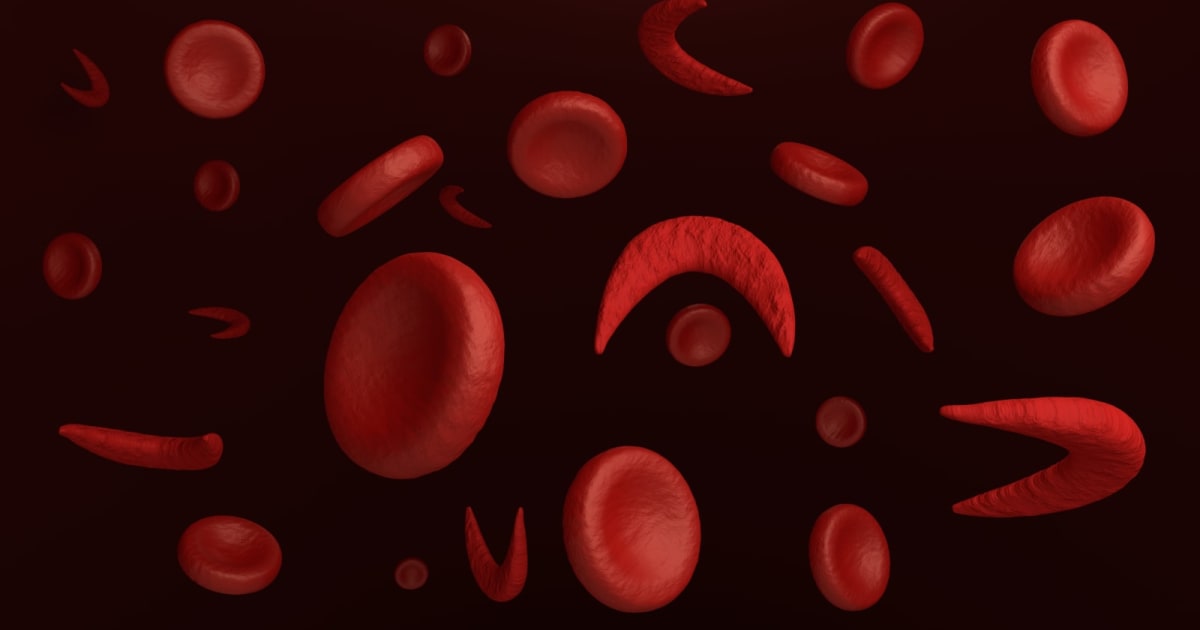as informed in sciencedaily
Step toward gene therapy for sickle cell disease -- ScienceDaily
Step toward gene therapy for sickle cell disease -- ScienceDaily
A team of researchers at the Stanford University School of Medicine has used a gene-editing tool known as CRISPR to repair the gene that causes sickle cell disease in human stem cells, which they say is a key step toward developing a gene therapy for the disorder.The team went on to demonstrate that the mended cells could make a functioning hemoglobin molecule, which carries oxygen in normal red blood cells, and then successfully transplanted the stem cells into mice.The researchers say the study represents a proof of concept for the repair of blood-borne genetic diseases, such as sickle cell disease and thalassemia.A paper describing the findings will be published online Nov. 7 in Nature.
not to mention medicalnewstoday
Gene therapy for sickle cell disease steps closer
Gene therapy for sickle cell disease steps closerResearchers have found a way to repair the faulty gene that causes sickle cell disease, which they suggest is a significant step forward in the search for a viable gene therapy.The researchers suggest their study - where they used CRISPR gene-editing to repair a faulty strip of DNA - is proof of concept that the approach can repair sickle cell and other bloodborne genetic diseases.The researchers suggest their study - where they used CRISPR gene-editing to repair a faulty strip of DNA - is proof of concept that the approach can repair sickle cell and other bloodborne genetic diseases.In a study published in Nature, they report how - using the CRISPR gene-editing tool - they corrected the gene in stem cells from diseased patients and showed they could make red blood cells capable of making functioning hemoglobin.
as well engadget
Stanford develops CRISPR-based therapy for sickle cell disease
Stanford develops CRISPR-based therapy for sickle cell disease
During their tests, the scientists injected the corrected stem cells into young mice, where they remained alive and thriving even after 16 weeks.That's significant, because sickle cells tend to die only after 10 days, leading to anemia.Despite their successful testing, the scientists still have to make sure the gene therapy they developed is completely safe.They need to look out for any unforeseen immune reactions and figure out a way to ensure they never edit out the wrong DNA strand.
No comments:
Post a Comment